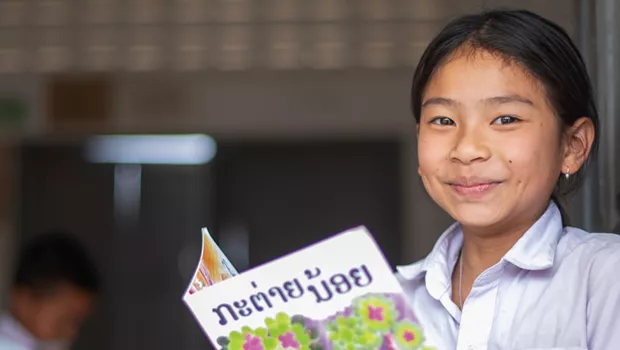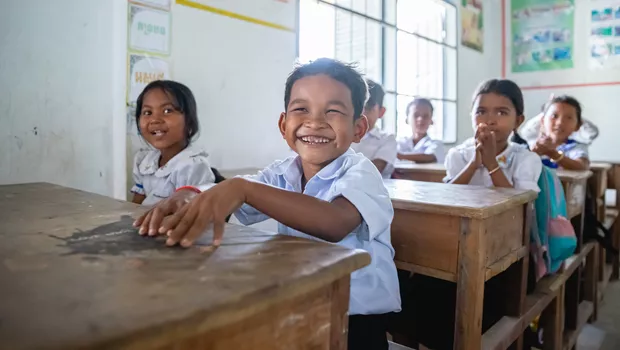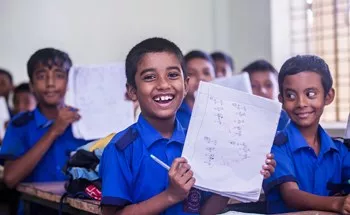
“Who wants to read the next sentence to the class?” says Marina Jahan, a grade 1 teacher in Bangladesh. Little hands shoot up across the room, eager to take part.
As Jahan listens to the second graders read, she’s not just paying attention to their pronunciation. She’s also noticing how fast they read while still being able to relay the meaning of the sentence. This everyday act captures one of the main objectives of Room to Read’s Literacy Program – to improve the oral reading fluency level in early grade learners.
Studies of European languages have shown that children at the end of grade two need to reach a fluency rate of roughly 45 to 60 words read per minute to excel at reading comprehension.
“It’s critical to focus on fluency, because it is an important reading skill in itself and is a good proxy for whether children understand text,” says Matthew Jukes, Senior Education Evaluation Specialist at RTI.
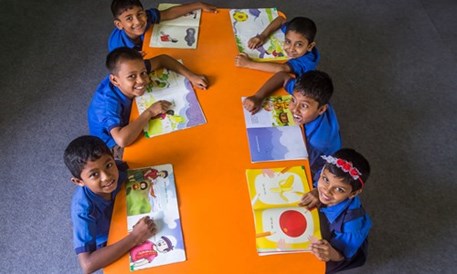
Yet, as the program progresses, Room to Read recognizes it may not be applicable for all languages considering varying word length, grammar, and writing systems. With support from Pearson, Room to Read has partnered with RTI to develop language-specific reading fluency benchmarks based on Room to Read’s Early Grade Reading Assessment data.
The data informing these reformed benchmarks derive from end-of-year assessments which measure student progress – a key feature of Room to Read’s Literacy Program. Between Room to Read’s school libraries, phonics-based curriculum and teacher training, many early grade students in Bangladesh are reaching their benchmark.
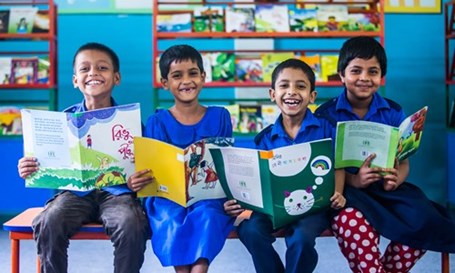
“We work with teachers in about 425 schools and they all know a child should be reading a minimum of 45 words per minute by the end of grade 2. Most of our students in Bangladesh are reaching this benchmark,” says Shah Alam, the Literacy Director for Room to Read Bangladesh. “Knowing the target, teachers are motivated to meet this standard, but we're still working to see if that standard is the right one for Bangla."
While many Bangladeshi students in our program are meeting the minimum international standard, Alam recognizes that Bangla poses unique struggles for young readers.
“Bangla as a language is not like English language. In English, all of the letters are uniform. But in Bangla language, it is a bit difficult because we have different vowel signs and conjunct letters that have one, two or more meanings…This can be very difficult for children when reading,” says Alam. “For the Bangla language, the international standard can be an ambitious target.”
Room to Read and RTI are currently working on determining what these language-specific targets will look like for Bangladesh and other countries in similar situations – a promising project to be refined over the next two years.
To learn more about how our Literacy Program has raised fluency rates around the world, check out our progress in Sri Lanka here.


